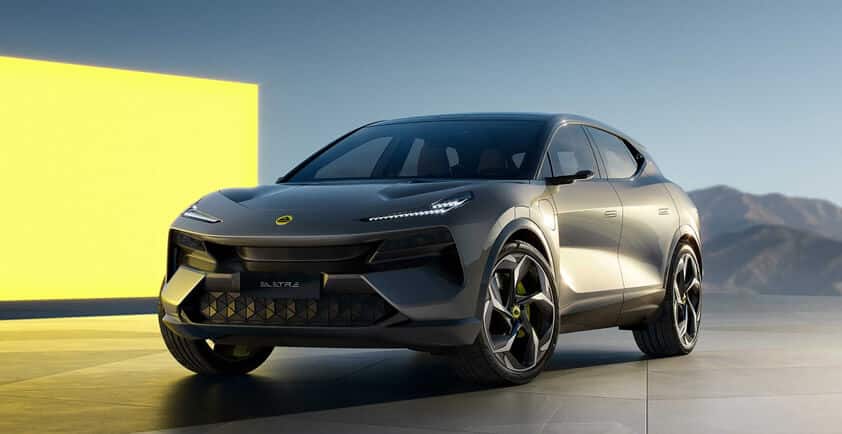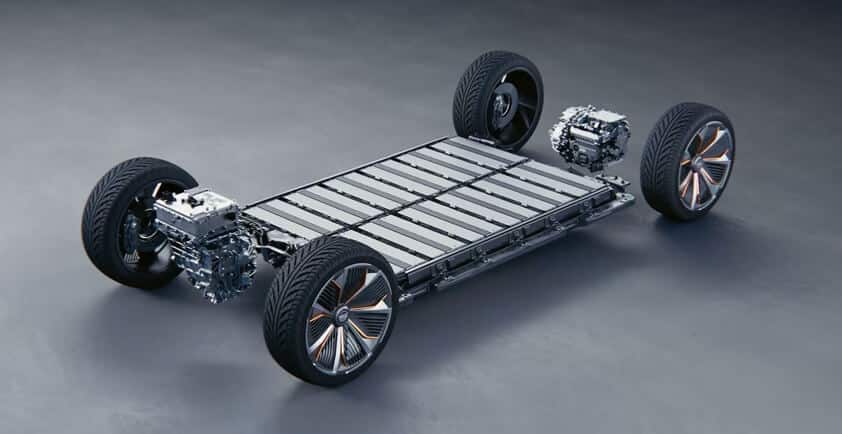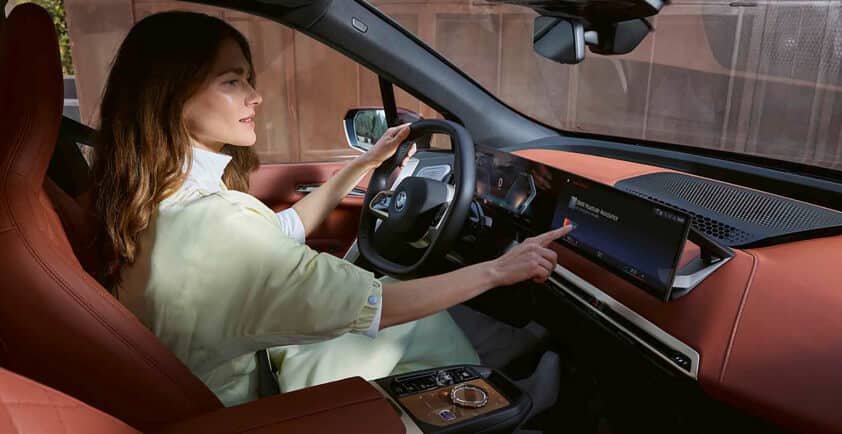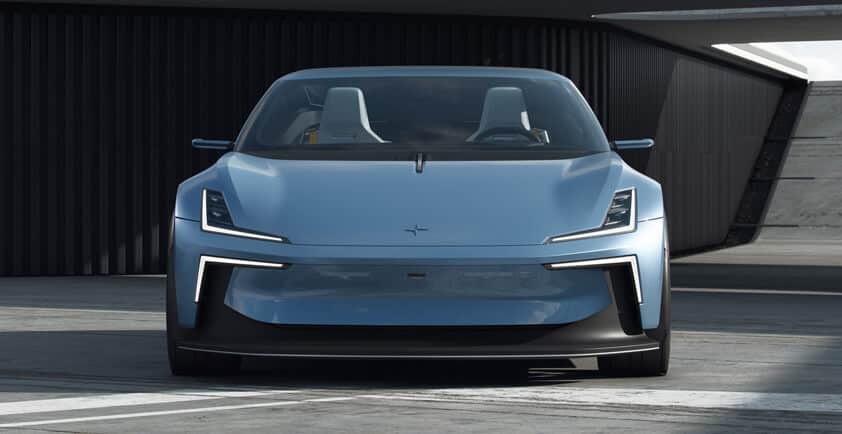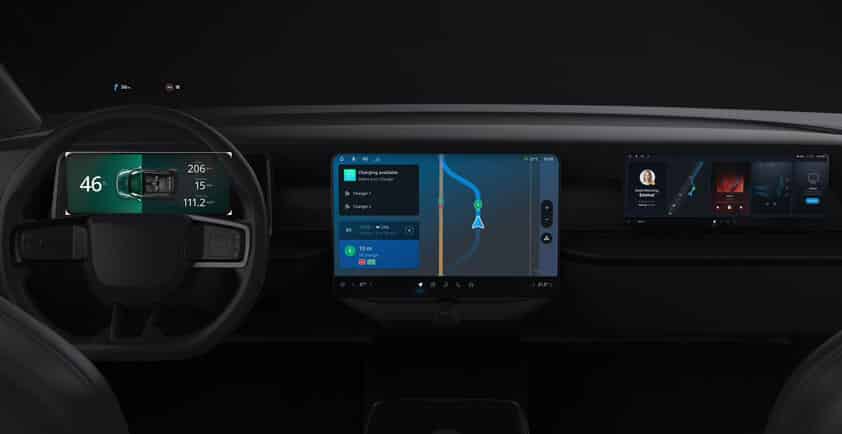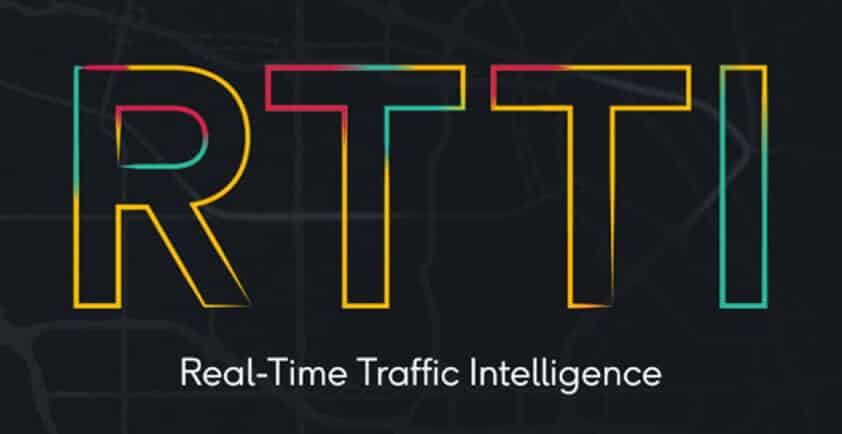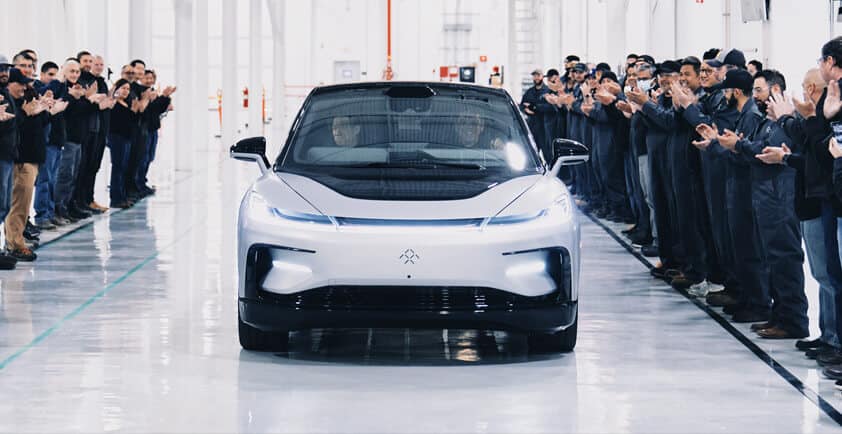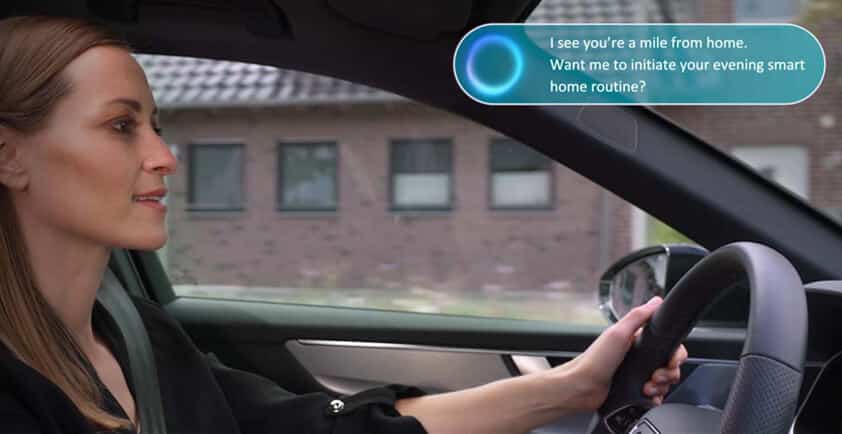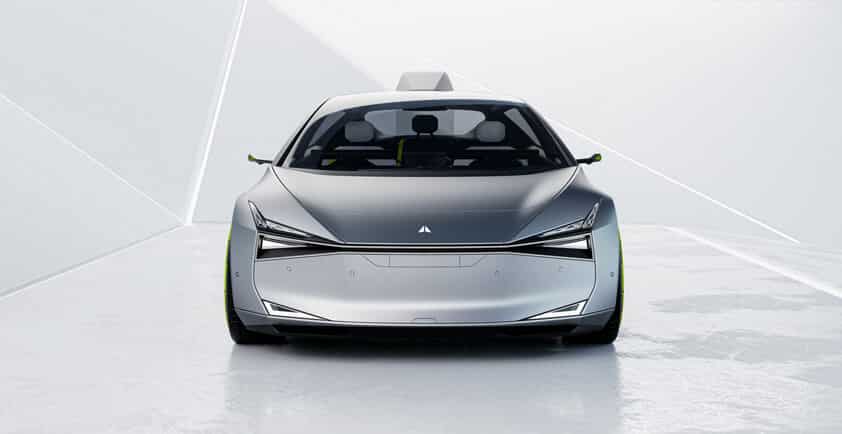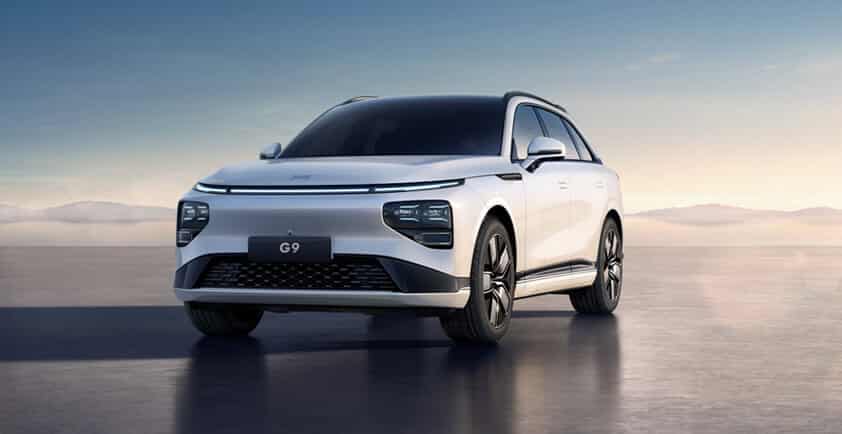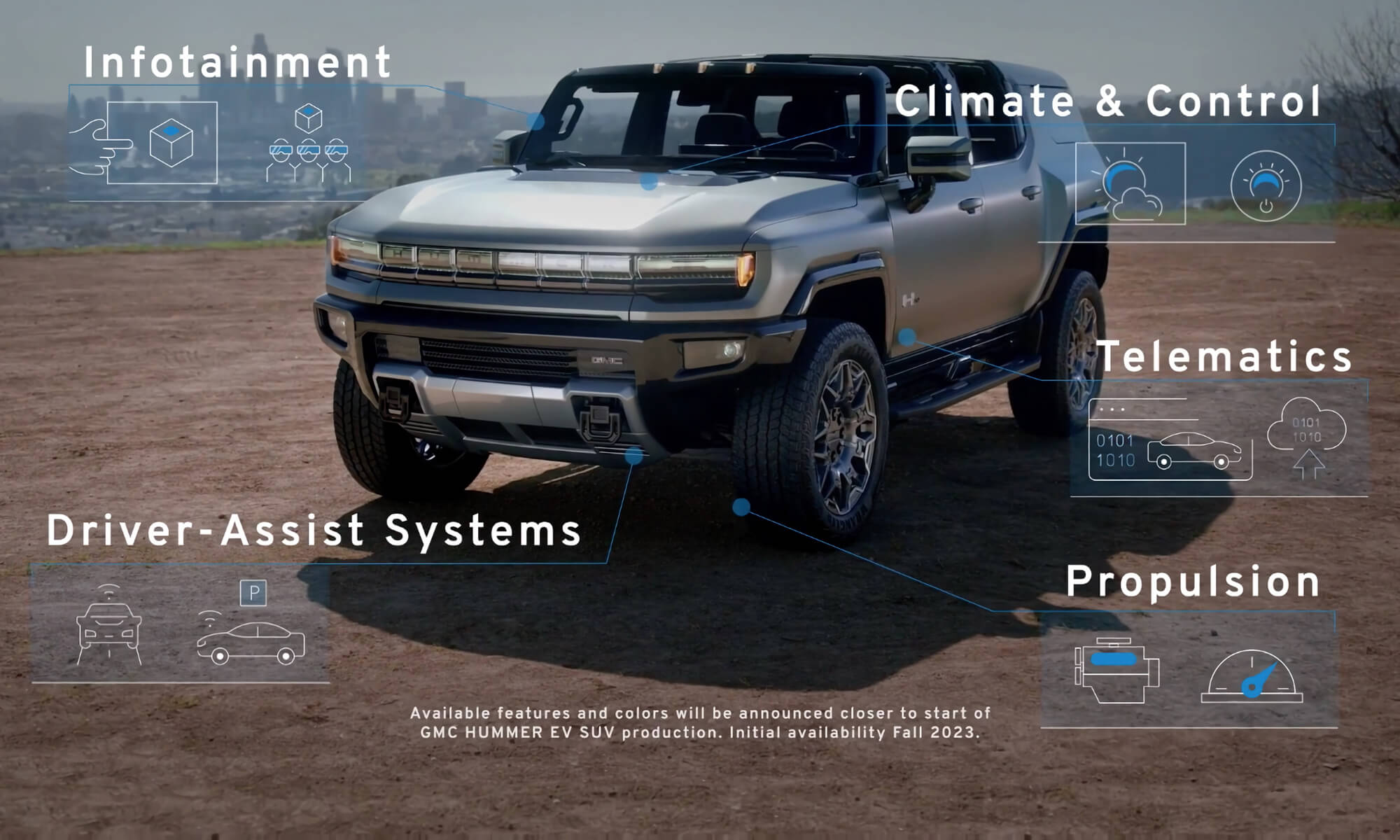
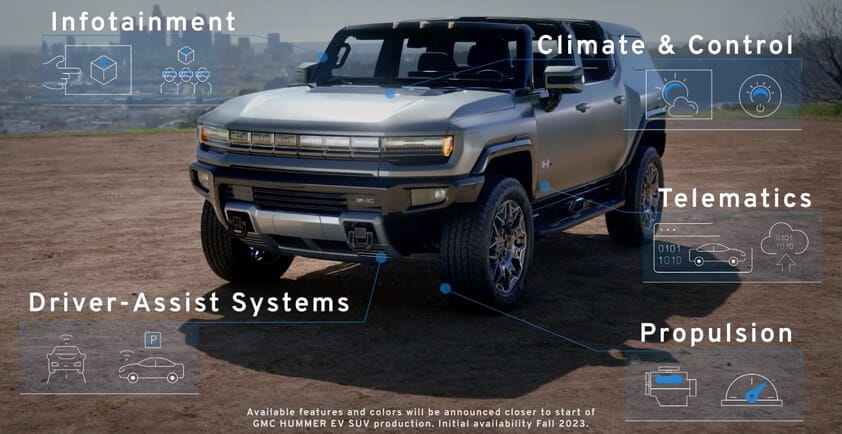
GENERAL MOTORS' NEW ULTIFI PLATFORM REIMAGINES WHAT IT MEANS TO OWN A VEHICLE
>> Strategy is part of GM’s pursuit to grow revenue beyond vehicle sales and earn customer loyalty for a lifetime
DETROIT – Today, General Motors announced Ultifi, its end-to-end software platform designed to unlock new vehicle experiences and connect customers’ digital lives. Ultifi will help enable the frequent and seamless delivery of software-defined features, apps and services to customers over the air. It offers the potential for more cloud-based services, faster software development and new opportunities to increase customer loyalty.
Ultifi’s functionality builds upon the Vehicle Intelligence Platform (VIP), GM’s advanced electrical architecture. VIP-enabled vehicles today provide over-the-air capability, plenty of data bandwidth, robust cybersecurity and lightning fast processing power. On top of this foundation, GM engineers will separate key software into a new centralized layer that acts as a powerful hub for vehicle systems. The Ultifi platform will then enable accelerated development and deployment of software and applications over the air to millions of customers, without affecting basic hardware controls.
“GM has decades of experience writing vehicle software, creating a solid foundation to build on,” said Mark Reuss, GM president. “Now with Ultifi, we will be able to improve our software continuously, and deliver new features and apps to customers in a fraction of the time.”
Similar to a smart phone, customers can expect regular updates and will be able to choose from a suite of over-the-air upgrades, personalization options and new and exciting apps1. This customization will reimagine the ownership experience as enabled vehicles will have access to the latest software and capabilities. Some of these upgrades and settings can be saved to authenticated accounts2, so they can be transferred between similarly equipped GM vehicles.
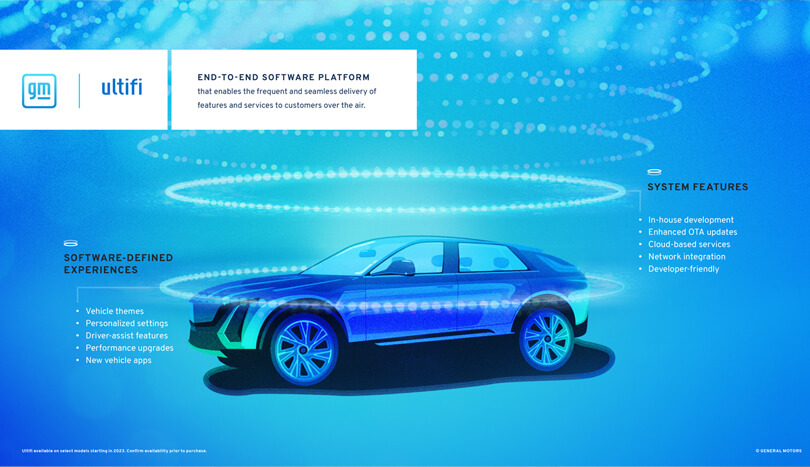
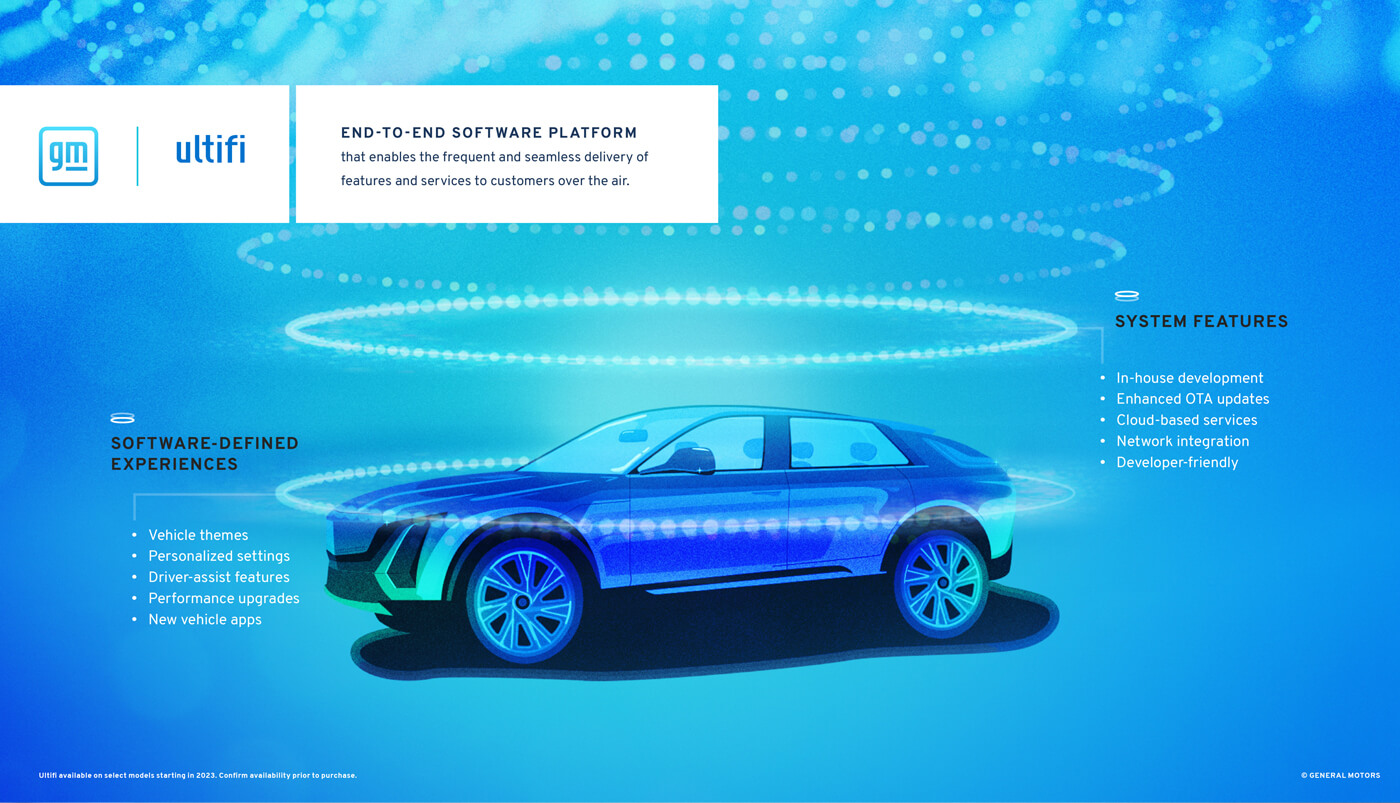
Users will benefit from Ultifi’s advanced cloud-based connectivity to seamlessly integrate important aspects of their digital lives. In the future, for example, internal cameras could be used for facial recognition to start the vehicle’s engine. Based on route planning and GPS, teen driver settings could be adjusted for extra caution in a school zone or vehicles could even communicate with a smart home en route to deactivate the security system and adjust the thermostat.
Similarly, the cloud connectivity could potentially extend to V2X or vehicle-to-everything applications to help advance GM’s goal of zero crashes and zero congestion. Through communication with other connected devices and infrastructure, drivers could be alerted to hazards or changing road conditions and be able to effectively time traffic signals.
“Increased flexibility and faster software development are two major benefits of this new technology,” said Scott Miller, GM vice president Software-Defined Vehicle. “Our in-house developers are designing Ultifi to maximize software reuse, which frees up more time to create value-adding features and services for our customers.”
Though Ultifi is an in-house platform, it’s being designed with external developers in mind. It uses Linux® software, one of the most widely used platforms, which allows GM to give authorized third-party developers access to innovate on behalf of its customers.
Ultifi is enabled by hardware built into select next-generation products starting in 2023, encompassing internal combustion and electric vehicles.

